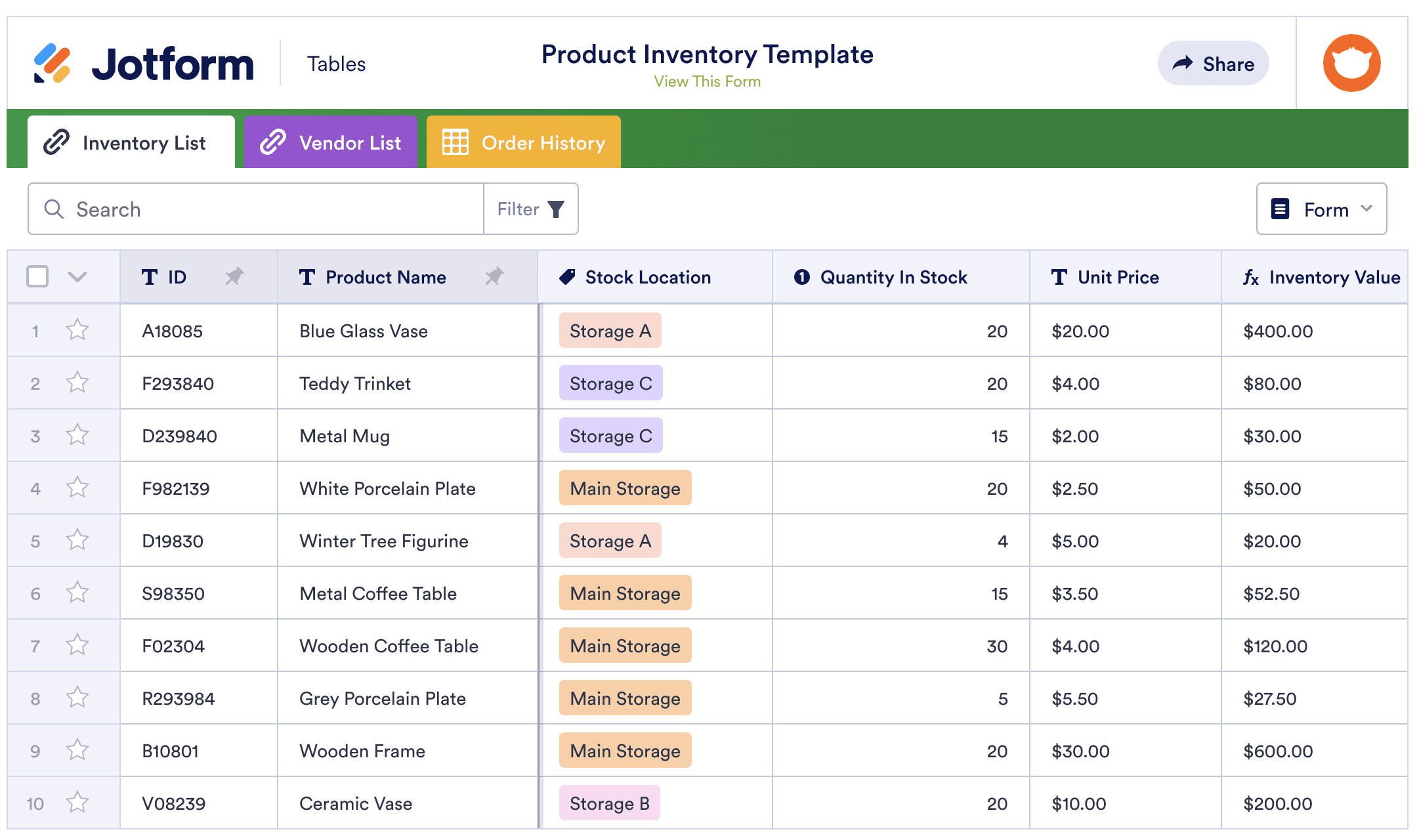Steps to start a business at home
- Know what you want to do
- Decide on a business model
- Develop an e-commerce process
- Manage the inventory and logistics process
- Know local guidelines and regulations
- Alert your customers and prospects
- Get started
The pandemic has made it difficult for some small businesses to maintain a traditional brick-and-mortar storefront. As a result, many small business owners are exploring how to transform their operations into home-based businesses.
When you look at others who’ve created a business at home, not only can you learn from their best practices, but you can also adopt them for your own small business.
Developing the know-how to run your own business from home doesn’t have to be a major challenge. Here’s a step-by-step guide for moving most types of businesses online — from developing a business plan or setting up an e-commerce system to understanding zoning requirements and finding freelancers to help.
Know what you want to do
If you’re starting from scratch, the first step for your work-at-home business is selecting a service or product to offer. Today’s work-from-home business opportunities cover a wide range of fields.
Some offer specialized services like freelance writing, blogging, graphic design, and web development, but there are also opportunities in house cleaning, pet sitting, providing virtual assistant services, and running Amazon drop-ship operations. Along with real estate and daycare services, these are just some of the many part-time and full-time opportunities that can help you make a living from home.
The home business ideas you choose should leverage your existing skill set, be in sufficient demand in your area to support you, and align with your financial goals and existing business or job.
Pro Tip
Build professional apps, forms, e-sign documents, and more for your at-home business with Jotform.
Decide on a business model
Even if you already have a successful business in place, you probably designed your business plan and strategy around in-person commerce rather than e-commerce. If you’re taking the e-commerce route, you’ll need to make some adjustments.
Decide on a business structure if you don’t have one already. The IRS and Small Business Administration (SBA) both provide information about the benefits of a sole proprietorship and operating under your Social Security number versus incorporating and getting an employer identification number.
Determine the startup costs involved in shifting to a completely online model (where overhead tends to be less than you’d incur for a physical storefront) or a hybrid model where you retain your storefront operations. The approach you choose will help determine what you’ll have to spend, how to assess your tax basis with a home office, and where to store inventory.
Develop an e-commerce process
It’s important to understand how the e-commerce process works for selling your products online. Although it’s fairly easy to get an online business up and running, online sales are different from in-store processes, so it’s important to know how e-commerce works and understand the best tools to use.
There are many user-friendly e-commerce platforms like Shopify, along with more complex and customizable options, such as BigCommerce. You’ll also need a website and hosting service if you don’t already have them; this combination will enable e-commerce functionality — like a shopping cart, payment options, and backend integration with your inventory software. Sites like Wix and Squarespace offer that level of support.
Jotform offers form templates with a wider variety of options to sell products online, including order forms and contact forms as well as forms for order tracking and inventory. Additionally, with Jotform’s payment provider options, you can accept payments through these forms and integrate with payment processors like PayPal.
Manage the inventory and logistics process
An online business requires a different inventory process than a traditional brick-and-mortar operation. Focus on the logistics of the service and delivery experience.
For a product-based business, decide if you’ll keep inventory at your home, in a storage unit, or at the manufacturer. Find a platform that helps you track and account for the cost of goods you’ve sold and those you have on hand.
When it comes to delivery, you can ship the goods yourself, use third-party suppliers, or partner with rideshare programs like Postmates.
Know local guidelines and regulations
Get information up front about what your city, county, and state require for home-based businesses. You might have to deal with licensing and zoning restrictions along with shifting guidelines related to social distancing and contactless delivery.
Alert your customers and prospects
Although word of mouth helps spread the news that you’re open for business online, you’ll need to do more to reach your target market. Since your home-based business will be online, it’s important to use online channels to advertise and market your products or services.
That means using SEO to fine-tune your content and catch the attention of likely prospects. You’ll also need to expand your social media presence to engage with your potential customers and share valuable content that makes them want to do business with you.
Offline tactics are also beneficial, including direct mail postcards, flyers, advertisements, and even swag — like pens and t-shirts.
Get started
Whether you take your original business online or you try one of the many home-based business opportunities out there, it will take hard work to reap the benefits of a work-from-home business or nonprofit. Homeowners are finding that their homes can do double duty, offering a space to live as well as providing an ideal location to start a new business or sustain an existing one.






















Send Comment: